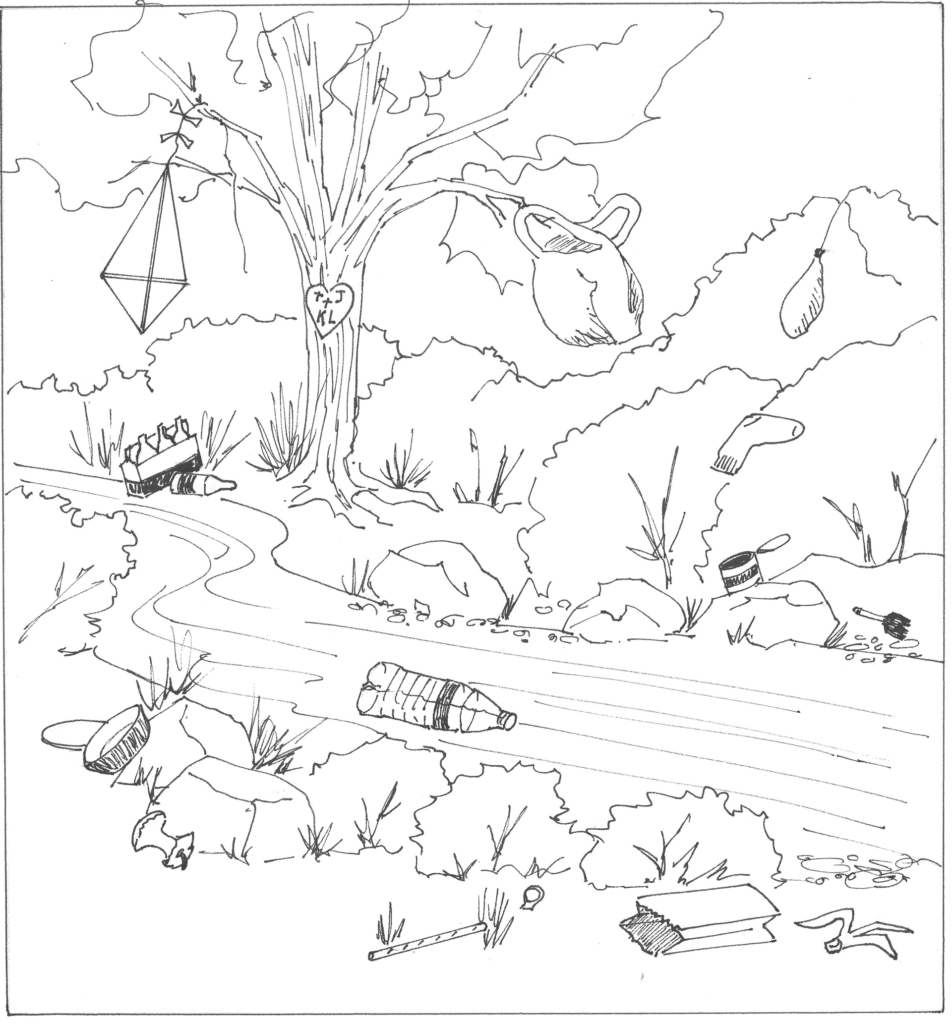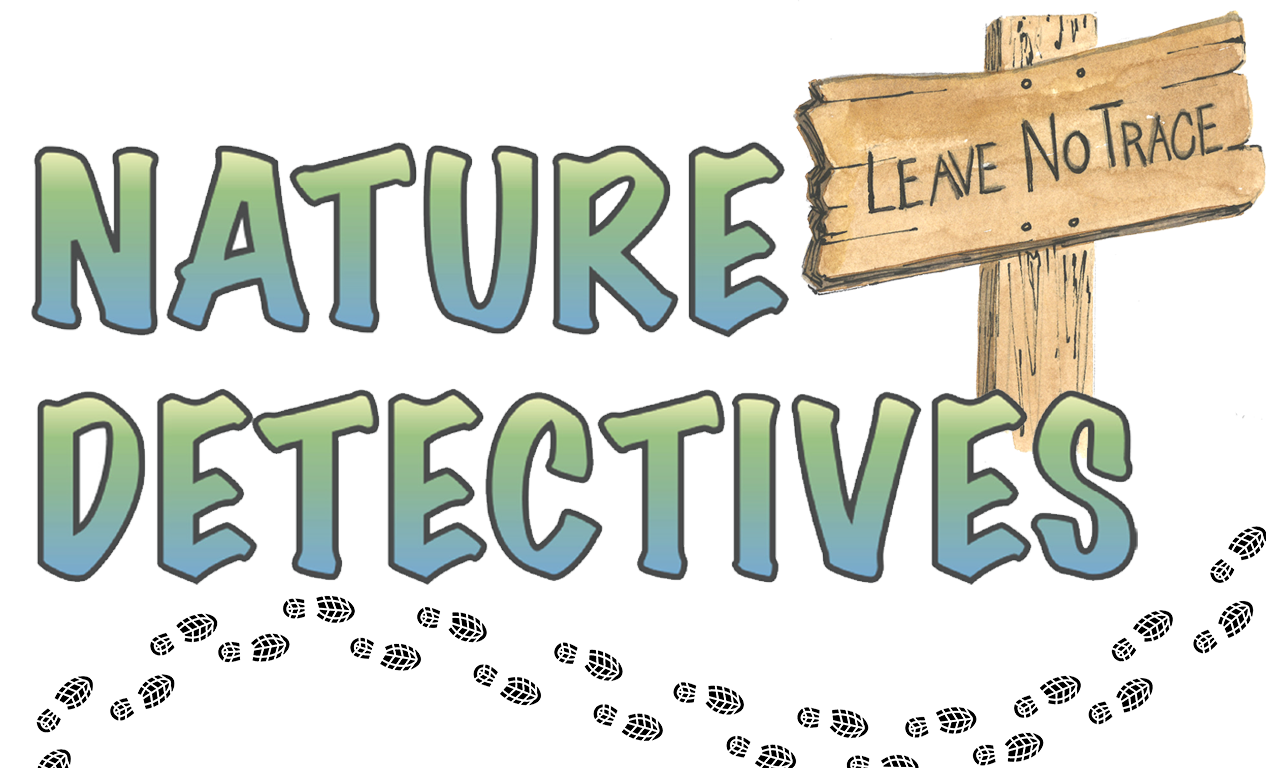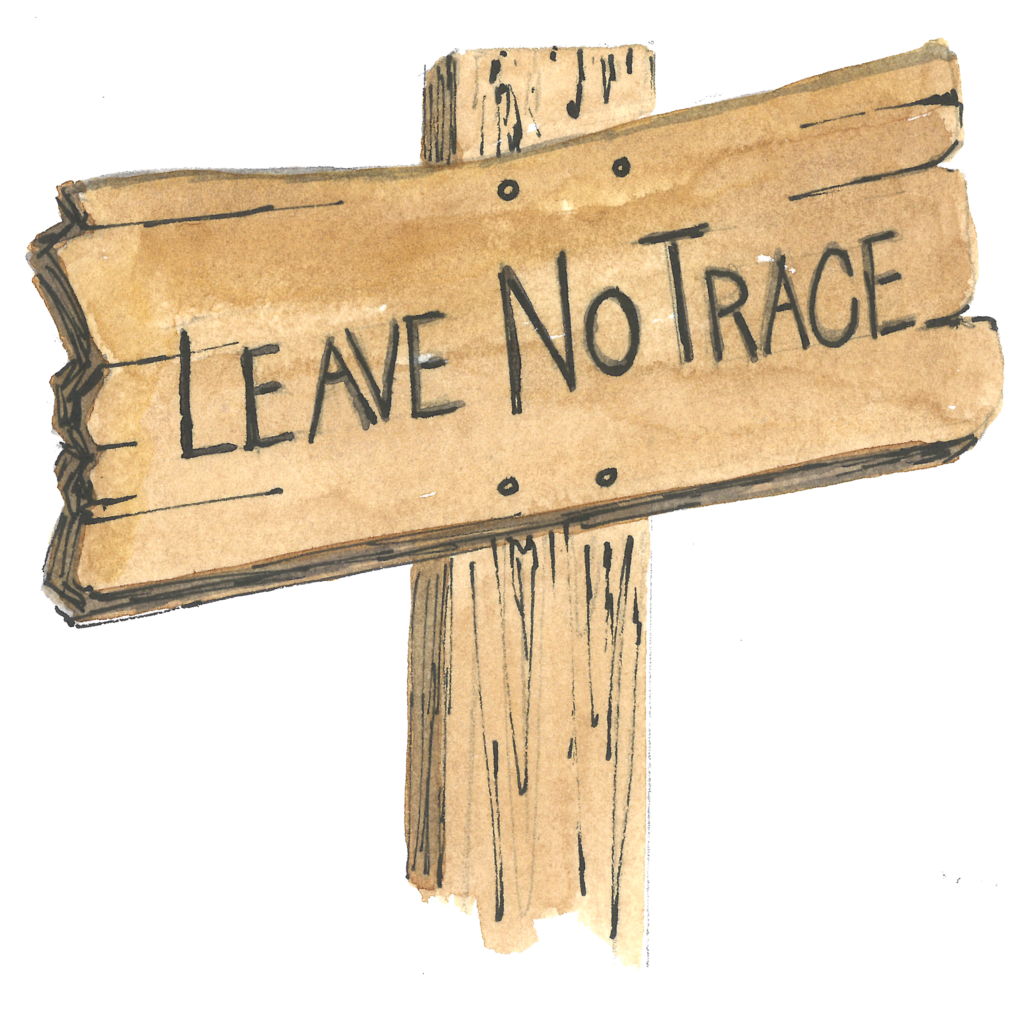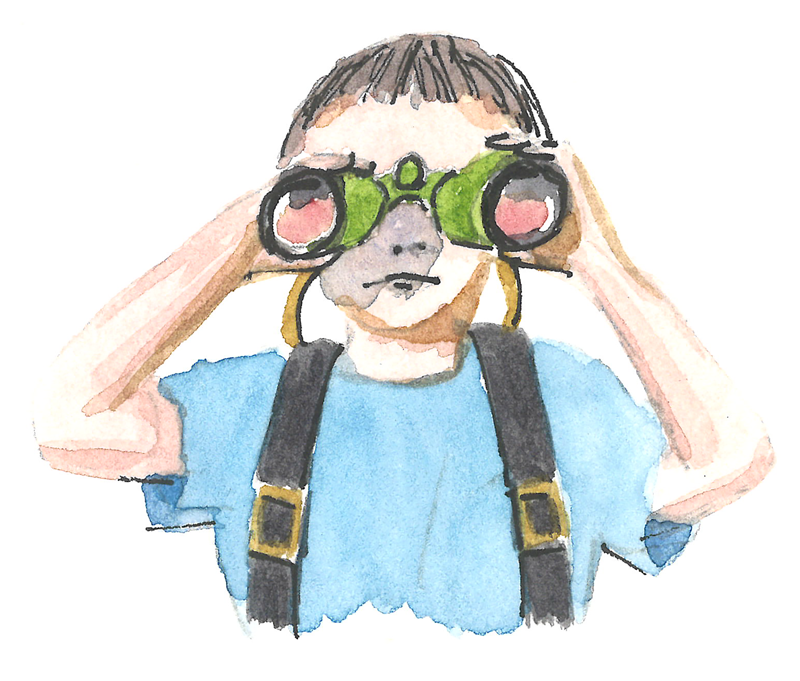We know that many of you love being outdoors and exploring the parks and wild places of Boulder County and beyond. We know you love to be in nature! Nature looks tough, but it is a delicate ecosystem. It can suffer if we aren’t responsible.
So, how do we make sure that we coexist harmoniously and that nature loves us back?
In this issue of Nature Detectives, we’re going to talk about being a responsible steward or guardian of nature. This means you respect, care for, protect, and watch over something. You have its best interests at heart. You wish to keep it healthy and at its best. You might even say you love it!
Question for you — which word do you like better? Steward or Guardian? Use whichever suits you when you share this with family and friends.
How can YOU be a good steward or guardian of nature? Knowing some of you Nature Detectives, we bet you’re probably already doing some of it! Here are some ideas.
“Nature Manners” — Responsibility, Respect, Curiosity, and Safe and Fun Adventuring.
- Stay on or near the trail — this reminder keeps you safe and doesn’t disturb habitat. You are less likely to run across itchy, stinging plants, snakes, or insects like ticks!
- Look with your eyes, not your hands! Leave nests, dens, and hives undisturbed.
- Leave flowers, mushrooms, and vegetation for others to enjoy and for pollinating insects and birds.
- Tread gently around insects. This is their home — you are a visitor.
- Pack it in, pack it out — We’re talking about all your trash! More on this later.
- Watch wildlife from a safe distance, never feed, follow, or chase wildlife.
- Feeding wildlife is dangerous for you and them. Their natural food is in nature.
- Keep your pets on leash — avoid lost pets and dangerous interactions with wildlife.
- No graffiti! Don’t carve into trees or write on rocks.
- Take nothing but photos, leave nothing but footprints.
Leave No Trace
This category covers most everything you should know about being a good steward or guardian. If you haven’t heard of it before, your parents likely have heard of “Leave No Trace” as an instruction for being in nature. What do you think that means? Some other similar phrases reminding us to care for the wild places are “Pack it in, pack it out” or “Give a Hoot, Don’t Pollute.” Make sense?
Leave No Trace simply means to leave a place just as you found it (maybe even better)! If you leave a park or trail and no one can tell you were there — good job! That is Leave No Trace.
What does it look like when someone leaves a trace?
Have you been on a trail or in a park and seen items you know that wildlife didn’t leave behind . . . like trash? Some of the usual offenders are:
- Glass or plastic water/soda bottles and/or caps.
- Aluminum cans.
- Left-over bits of a sandwich, banana, orange peel, popcorn, gum, or other food.
- Kleenex, toilet paper, napkins, or baby diapers.
- Candy or granola bar wrappers.
- Remains of fire outside of fire pits, fishing line, and gear.
- Plastic bags, paper plates, and plastic silverware.
- Clothing like t-shirts, socks, or, oh my goodness, someone left a shoe behind!
All of these things leave a trace. Some of them last a LONG time. According to the U.S. National Park Service, this is the trash timeline for how long it would take for a few of these things to decompose:
- Glass bottle: 1 million years
- Plastic bottle: 450 years
- Aluminum can: 80-200 years
- Plastic bag: 10-20 years
- Apple core: 2 months
- Foam plastic cup: 50 years
Be Prepared, Be Responsible
Now you know some do’s and don’ts for being in nature. You already knew some of these tips, didn’t you? Good for you! Let’s go a little deeper and come up with more ideas you can use. One of the most important pieces of enjoying nature is to be prepared. Your parents probably already check out the weather conditions and pack water, sunscreen, hats, jackets, nature journals, a whistle, snacks, and a first aid kit.
Is there more? Let’s get you fully prepared by adding these items to your backpack:
A plastic bag — anything from a bread bag to a grocery bag will do. You can use this to pick up trash — yours or someone else’s, your pet’s waste, or other things that don’t belong in nature.
Remember, we talked about “pack it in, pack it out”? This means EVERYTHING you brought in with you goes back out with you. Pick up trash with adult supervision. Let grown-ups decide if you need gloves or hand sanitizer.
Personal Potty Kit
For the times you must GO and there isn’t a toilet nearby — Create a “personal potty” kit (you can call it your “pp” kit). This is easy! Gather a bag about the size of a gallon Ziplock bag. Add at least one smaller bag. Add some tissue or toilet paper. Add hand sanitizer or wipes. You might even add a tiny trowel for burying your waste.
Remember to never potty near water — ask an adult to help you figure out a good spot at least 100 steps from water. Use the smaller bag for used toilet paper or tissue and wipes. Remember to use hand sanitizer or wipes. Everything goes back in the bag until you get to a trash can. You can replenish your kit each time you get home, so you will always be prepared. Now you’re ready to continue adventuring without leaving a trace!
You Can Make a Difference
As we wrap it up for this article, we have another thing for you to ponder. Do you think one person doing the right or wrong things really matters? Ask yourself if everyone did what I’m doing, would that cause a good or bad impact? If I pick flowers or walk off trail, it might not make a BIG impact . . . but if everyone I see on the trail today did it, what might happen? If I pick up my trash and everyone else does as well, does that make a good or bad impact? If we all practice nature manners, nature is healthier, safer, more beautiful, and enjoyable for all of us. It makes a big difference what you do! You are doing something truly special when you practice these good nature manners. Thank you for being good stewards or guardians . . . Now get out there and hug some trees!
ACTIVITY – What Doesn’t Belong Here?
Look at the illustration below and see how many “traces” you can find — how many items don’t belong left behind?
What evidence do you see suggesting someone isn’t being a good steward or guardian? Maybe you’d like to color this activity page!

Nature Detectives Library
Every past issue of Nature Detectives can be found in the Nature Detectives Library!





